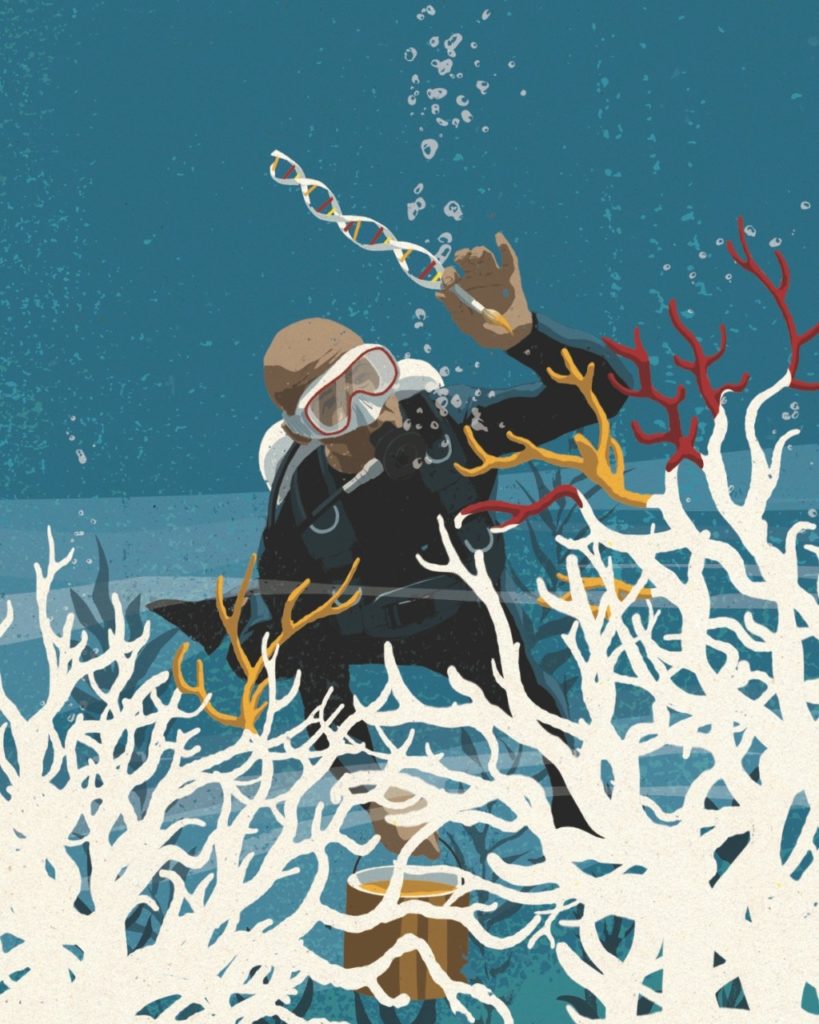Coral decoded
Knowing the genetic makeup of these marine invertebrates could aid conservation efforts.

Researchers have found that CRISPR gene-editing technology could be effective for analyzing the genetic makeup of coral and the role genes play in the animal’s survival and establishment of new colonies.
“Up until now, there hasn’t been a way to ask whether a gene whose expression correlates with coral survival actually plays a causative role,” said coral geneticist Phillip Cleves, PhD, a postdoctoral scholar at Stanford, who led a study testing the feasibility of using the gene-editing system to understand coral biology. “There’s been no method to modify genes in coral and then ask what the consequences are.”
In the late 1990s, the ocean’s coral reefs experienced the first big wave of coral bleaching, in which ocean conditions — most prominently increasing temperatures — kill off or bleach coral. It turned the once-vibrant colors bland and damaged the entire reef ecosystem.
To better understand how coral produces the colors, and to aid in coral conservation, researchers used the CRISPR gene-editing system to make tweaks that knocked out the genes responsible for certain colors and for regulating colonization.
“If we can start classifying which genes are important, then we can get an idea of what we can do to help conservation, or even just to predict what’s going to happen in the future,” said Cleves, lead author of the study, published April 23 in the Proceedings of the National Academy of Sciences.
